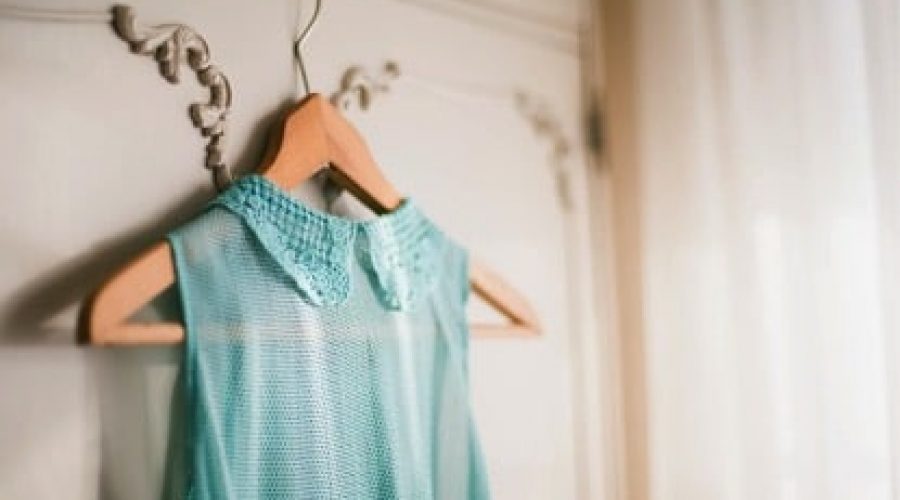If we are to build stronger, more resilient economies, we need more women to become financially independent. It’s that simple.
Independent in all areas of their life – like getting back into the workforce after parental leave, starting a business, managing their own
finances and making decisions on behalf of their family.
One organisation which is helping women to achieve their aspirations and is driving change in Australian communities and around the world is Dress for Success.
Its mission is to empower women to achieve economic independence by providing a network of support, professional attire and the development tools to help women thrive in work and in life.
It can achieve this through thousands of donations of professional clothing, Empower Hour and special fundraising events, like 200 Years of Empowerment – A Fashion Journey, supported by Westpac, which recently raised over $127,000.
Every dollar raised has gone to supporting women in need to achieve financial independence.
Run by Dress for Success Sydney, the event showcased a unique curation of the esteemed Darnell Collection, the largest private vintage clothing collection in the Southern Hemisphere.
The incredible outfits featured, dating from 1817 to 2017, included rare pieces from Mary Katrantzou, Pucci, Eisa (Balenciaga) and Peter Pilloto.
What was clear from the night is that fashion is more than just clothing; it has played a primary role in shaping how women feel, it symbolises confidence and empowerment and enables the wearer the ability to tell their story.
Westpac has been proudly supporting Dress for Success Sydney since 2015, through the Westpac Foundation Community Grants Program.
We know women are also more financially vulnerable than our male counterparts.
Westpac research also shows that two out of every five women living with their partner have no access to private funds – potentially leaving them financially vulnerable in the future.
And 81 per cent of women say they would experience some financial strain if they were to separate from their partner.
In a separate research report, we found the majority 77 per cent of female adults wish they were more financially literate, with three quarters wishing they’d had more, or more thorough, training in at least one area of financial literacy.
Women typically retire on much less than men and so this is why I encourage all Australian women to take control of their super early.
On that note, here’s my tips to help women feel financial empowerment:
1. Budgeting: A personal budget helps organise your financial priorities and enables you to find the right balance between spending and saving. It is important to keep your budget simple and realistic – make sure you’re capturing the ingoings and outgoings. It’s a good
idea to review your budget regularly to make sure it correctly reflects your income, spending and goals.
2. Consolidate your super into one account: In doing so you could potentially save costs by paying only one set of fees, reduce your paperwork and make it easier to keep track of your super. It may also have a positive effect on the interest you accrue on your super
account.
3. Maximise super contributions: In addition to what your employer is required to pay into your super fund, you can also make additional contributions up to a certain limit if you are able and wish to do so. If you are a low or middle income earner, you can take advantage of the super co-contribution payment by making eligible personal super contributions to your super fund or retirement savings. The government will then match up to $500 of your personal super contributions.
4. Prepare for parental leave early: If you’re thinking about starting a family, create a ‘nest egg’ of savings and top up your super contributions as much as you can before you commence your leave. If you return to work part-time, it can really impact on your quality
of life in retirement. If you’re a woman, it’s likely you’ll retire with $180,000 less in super than your male counterparts – so it’s never too early to prepare for a retirement.













